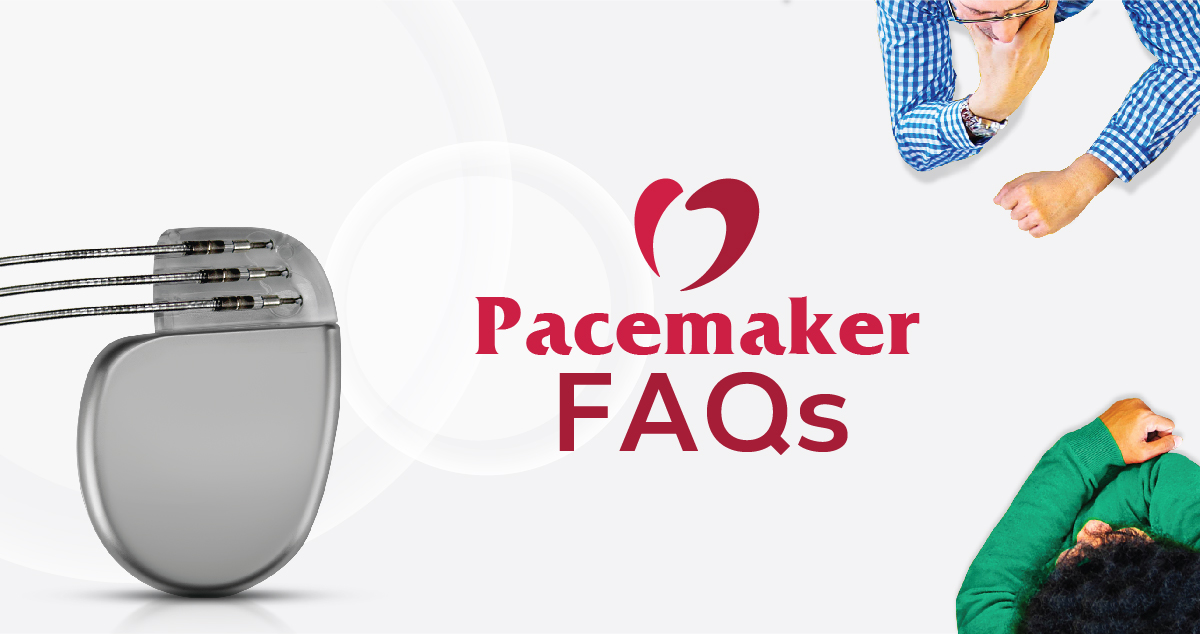What to Expect When Getting a Pacemaker

For patients with slow or abnormal heart rhythms, a pacemaker can be a life-changing device that helps them return to normal daily activity and normal energy levels. The procedure to place a pacemaker is relatively simple and begins with the doctor making a small incision about an inch long in the chest. The wires (leads) are placed through the incision and guided to the heart muscle through a vein. The leads are then connected to the pacemaker device, which is placed under the skin in the shoulder area. If the pace needs to be adjusted at a later time, those adjustments can be made through the skin to ensure the pacemaker is finely tuned for the patient’s needs.
A normal pacemaker procedure requires an overnight stay in the hospital for monitoring, but most patients are up and walking the same day of the procedure. For patients with fatigue due to heart rhythm issues, they often feel significantly better the same day as their heart function improves with the support of the pacemaker. Patients are advised to limit their activity for about a week following the procedure, and then life returns to normal for most patients.
As with any medical procedures, there are some risks associated with the pacemaker procedure, including risk of bleeding, infection, and puncture of the heart or lung. However, pacemaker placement is a low-risk procedure, and Oklahoma Heart Hospital physicians consult with all patients regarding the benefits and risks prior to the procedure.
Because of newer technology in pacemakers, there are very few limitations on what people with pacemakers can do. Arc welding or exposure to strong electromagnetic fields are the biggest limitations for people with pacemakers, as the pacemaker may interpret the electromagnetic currents as a heart rhythm and thus not pace the heart correctly. While at one time microwaves and metal detectors could interfere with pacemakers, those are no longer a concern. Scanners at the airport won’t negatively affect a pacemaker, although the presence of a pacemaker could set off the alarm. For that reason, doctors still recommend that individuals with pacemakers request to be scanned by a wand rather than walking through a scanning device. The Oklahoma Heart Hospital also uses MRI-compatible pacemakers for patients who may require regular MRIs due to other health conditions.
Most pacemaker batteries today will last up to 10 years and have a built-in alert system before the battery needs to be changed. Changing a pacemaker battery is a simple outpatient procedure that uses an incision similar to initial placement. Regular monitoring of pacemaker data is necessary for pacemaker patients to capture heart rhythm data and to ensure normal pacer function, but much of the monitoring can be done remotely. The pacemaker captures heart rhythm data and pacing details and transmits them via wifi to a data center, which doctors can access by computer or phone. At any given time, the Oklahoma Heart Hospital is monitoring about 6,000 pacemakers in their data center to ensure the ongoing health of their patients.
Interested in more information about the latest pacemaker technology? Contact the Oklahoma Heart Hospital or our Pacemaker Clinic today.
